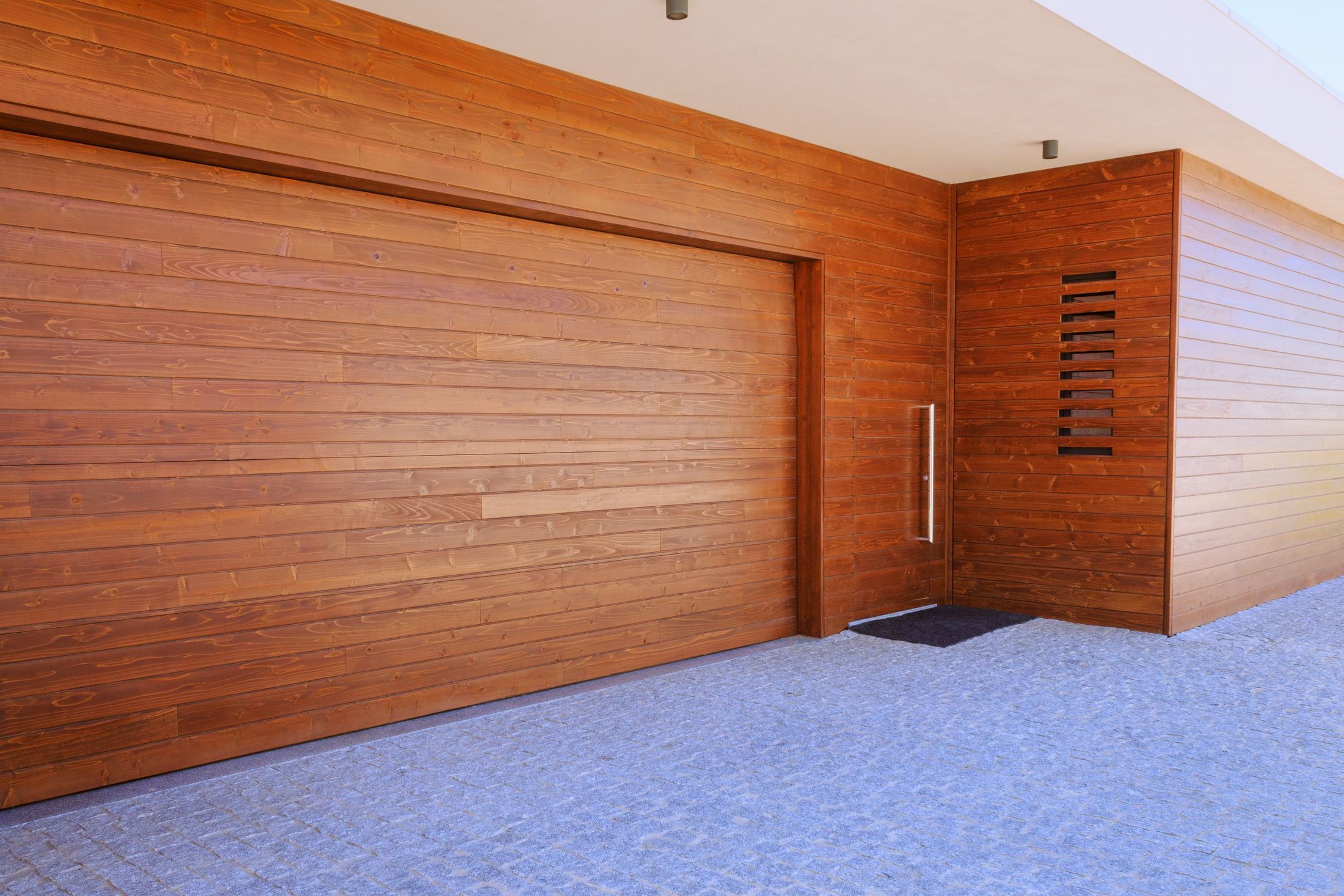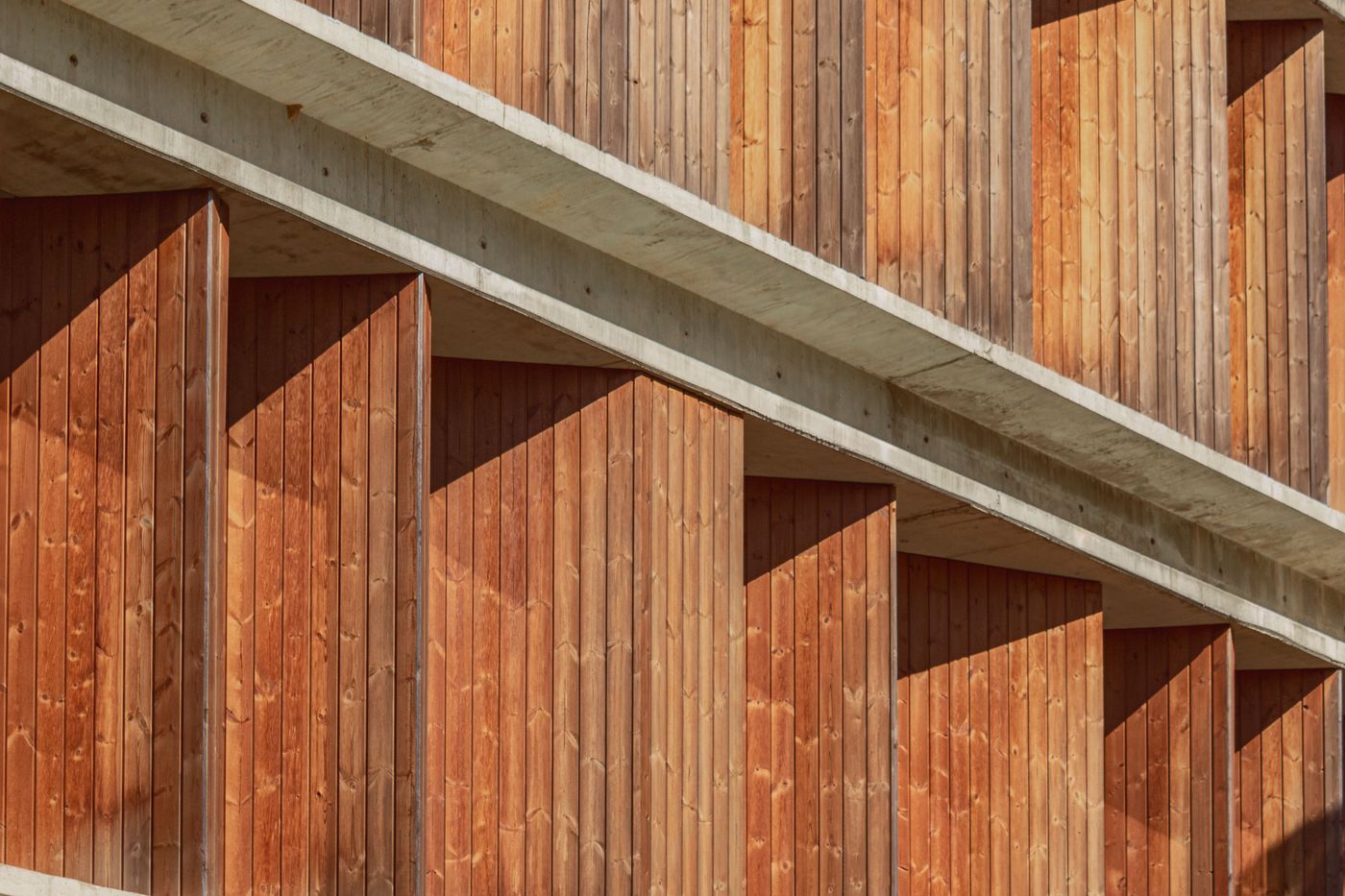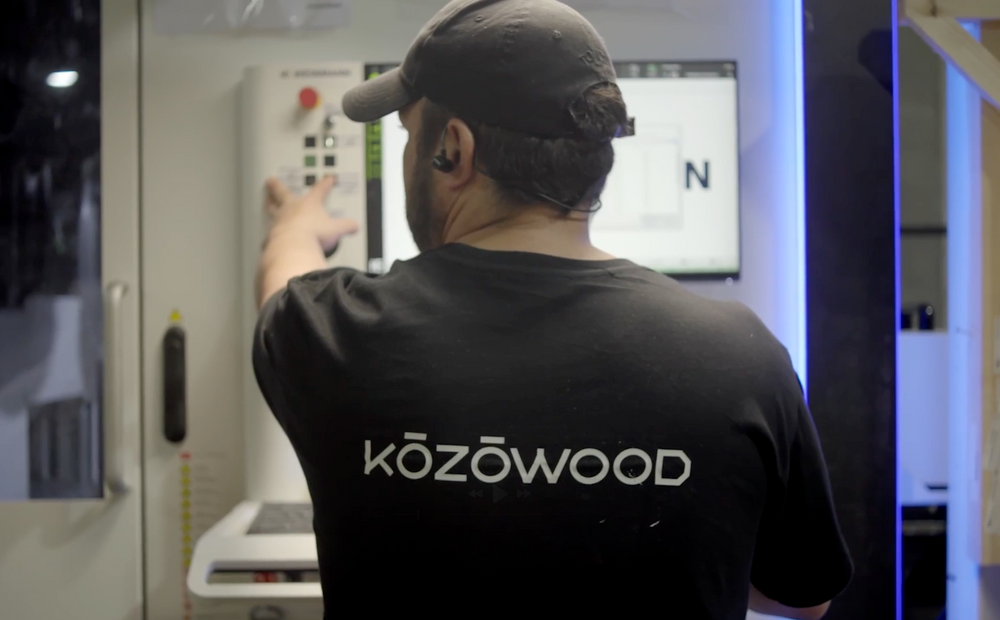(01)
Construction Materials
Steel
Advantages
- Easily recyclable
- Versatile
- Uniform
- High durability
- Lightweight
- Reusable
Disadvantages
- Consumes a lotofenergy
- Poor fire resistance
- Does not support high weights
- Vulnerable
- Difficulty of Transportation
- Low flexibility
Concrete
Advantages
- High Durability
- Fire and Weather Resistance
- Low Maintenance Costs
- Low Maintenance
Disadvantages
- Construction Waste
- Too much weight
- High Execution Time
Wood
Advantages
- Positive Environmental Impact
- Renewable, Reusable and Recyclable Natural Resource
- Speed in Construction
- Low Ecological Footprint
- Energy Efficiency
- Aesthetics
- Versatility
- High Thermal Insulation
Disadvantages
- Startup Costs
- Increased vulnerability to fire and moisture
- Periodic Maintenance
Steel is recognized for its durability and recyclability, and structures made with this material are assembled quickly, which reduces construction time compared to other materials. However, steel is a very expensive material, and it can end up sagging in harsher environments.
Concrete is also known for its strength, durability, insulation, and also for the reduced need for maintenance and adaptation, so it is still widely used in construction. However, it is quite fragile when it comes to the development of cracks, and above all it is quite impactful at an environmental level.
In the case of wood, it has been emerging as the construction material of the future, having surpassed steel and concrete in terms of structural flexibility, for example. It features an excellent and unique combination of features, such as lightness and environmental sustainability, making it a promising choice for construction projects looking for efficiency, durability and respect for the environment.
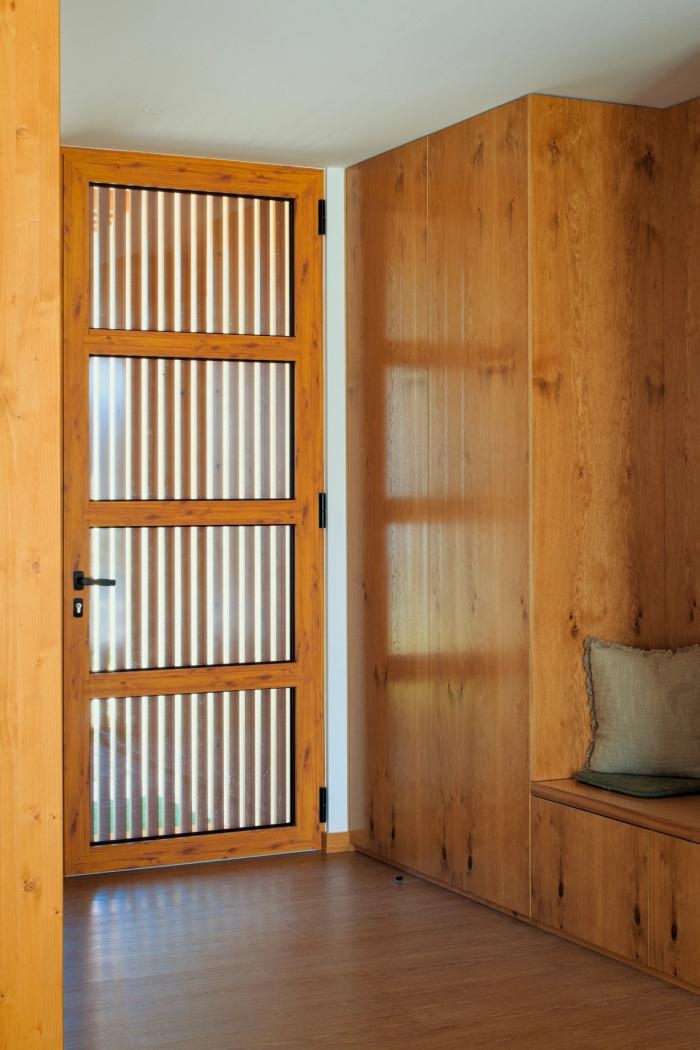
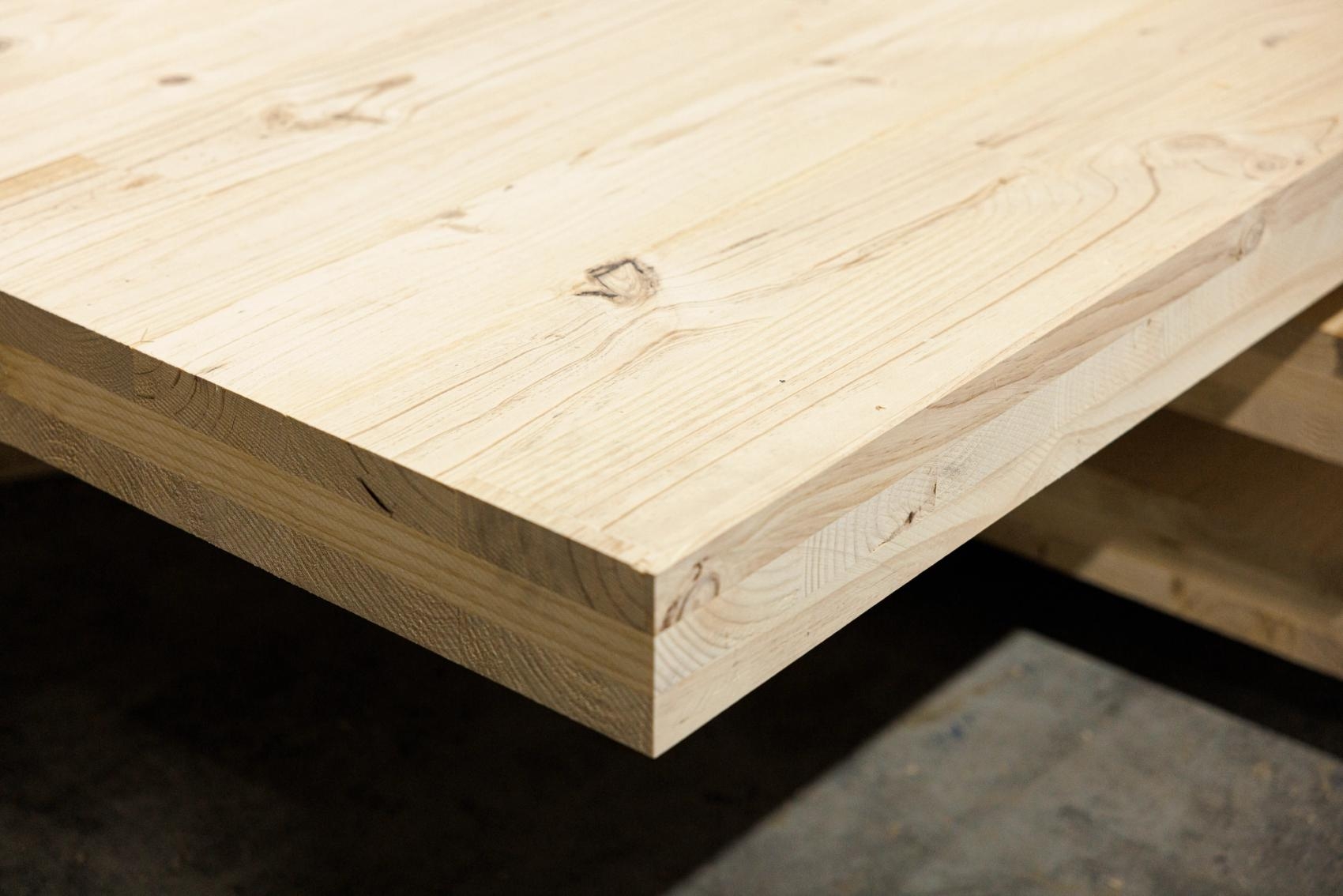
(02)
Environmental impact
Environmental impact of different types of building materials
The use of recycled materials, the reuse of waste and the application of technologies that drive energy efficiency are key practices in the evolution of the construction sector. Thus, the combination of wood and steel in the same building can radically reduce the environmental impact without compromising the strength and durability of these constructions, even if each of them has a downside, the combination can result in more sustainable alternatives.
Steel is highly precious for its complete recyclability and ability to be used continuously without losing strength, making it a significant commodity for sustainability as well. Therefore, the extreme versatility and strength allow for the formation of lighter and more efficient structures, although the production procedure requires massive amounts of energy, creating an additional carbon footprint. In addition, steel is more vulnerable to corrosion in wet environments and less resistant to fire, which needs to be boosted additionally.
Subsequently, concrete, one of the most used materials for the construction of various structures since antiquity, for the benefit of durability and strength. This one is also maintenance-free, so it is a straightforward option for large structures or heavy-duty jobs. However, and since the compost produces an additional amount of waste during the procedure, cement manufacturing is one of the biggest sources of CO2 pollution, making the product quite harmful to the environment. Concrete is very heavy, presents additional cost transport challenges, requires additional time to execute and more environmental problems that can be encountered.
In the case of wood, and as this is a renewable natural resource, with strong reuse and recycling capabilities, and a great contribution to the reduction of the ecological footprint, it stands out as the ideal choice, and one of the most prosperous materials, mainly due to the low energy requirement in the production and transformation process, compared to steel and concrete. This material has high thermal insulation properties, contributing to the energy efficiency of buildings and consequently to the reduction of energy consumption, and also provides a fast and light construction, and a very appealing aesthetic. On the other hand, it requires regular maintenance to prevent humidity, for example, and to extend its durability, and therefore has somewhat relevant costs due to the treatments required for this purpose.
The transition to a more sustainable and efficient construction sector requires a sensible choice of construction materials, and it is essential to give preference to recyclable, renewable materials with less embodied energy, while ensuring the responsible use of natural resources.
Nowadays, sustainability in construction is one of the main priorities, and an increasingly debated topic, but this is not limited to the choice of materials, it also involves the approach they adopt from planning to the destruction or reuse of materials, that is, throughout the life cycle of a building.
It is essential that everyone involved in this sector adopts an eco-friendly mindset, incorporating more sustainable practices, more efficient materials, and resource reuse habits, so that it is possible to reduce the negative environmental effects of construction, and its carbon footprint.
The choice of materials has a total impact on the environment, and more sustainable practices are really urgent, so that the future of construction depends only on a conscious, innovative and fully committed approach, above all, to the preservation of the planet.
